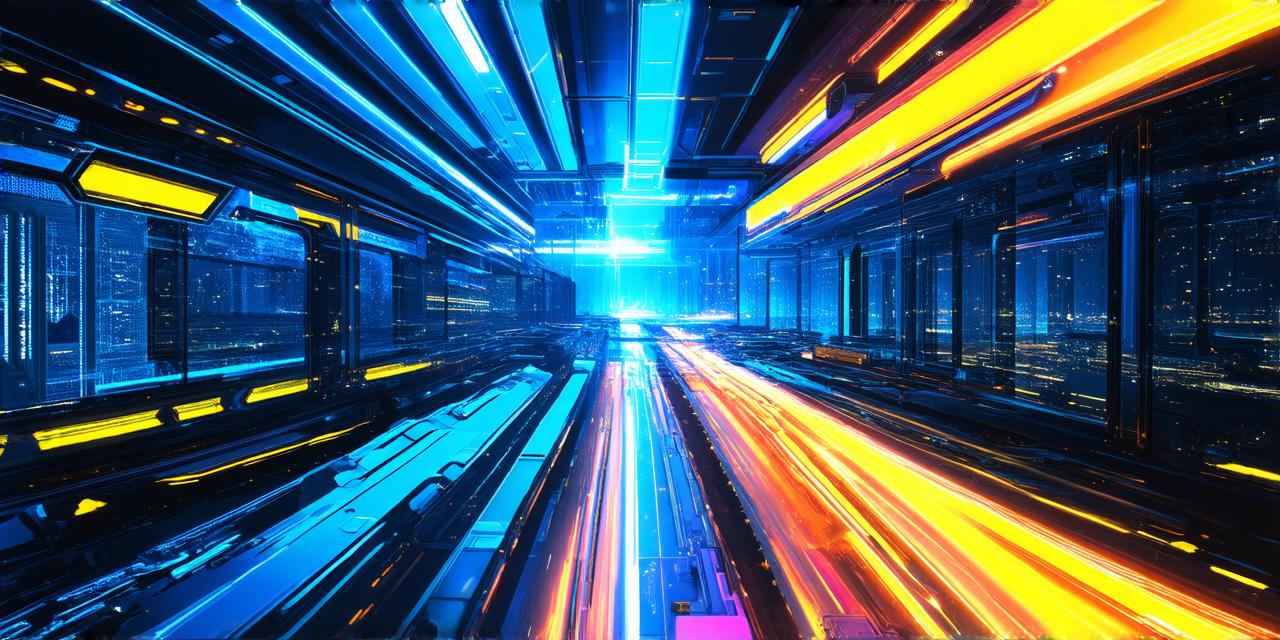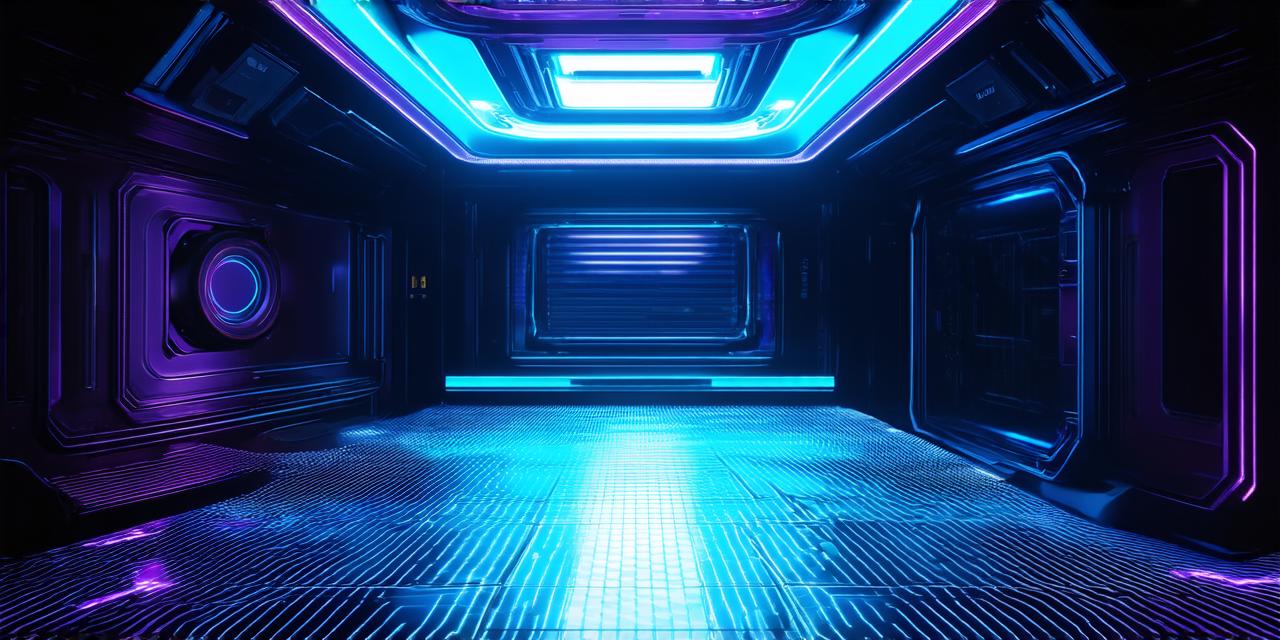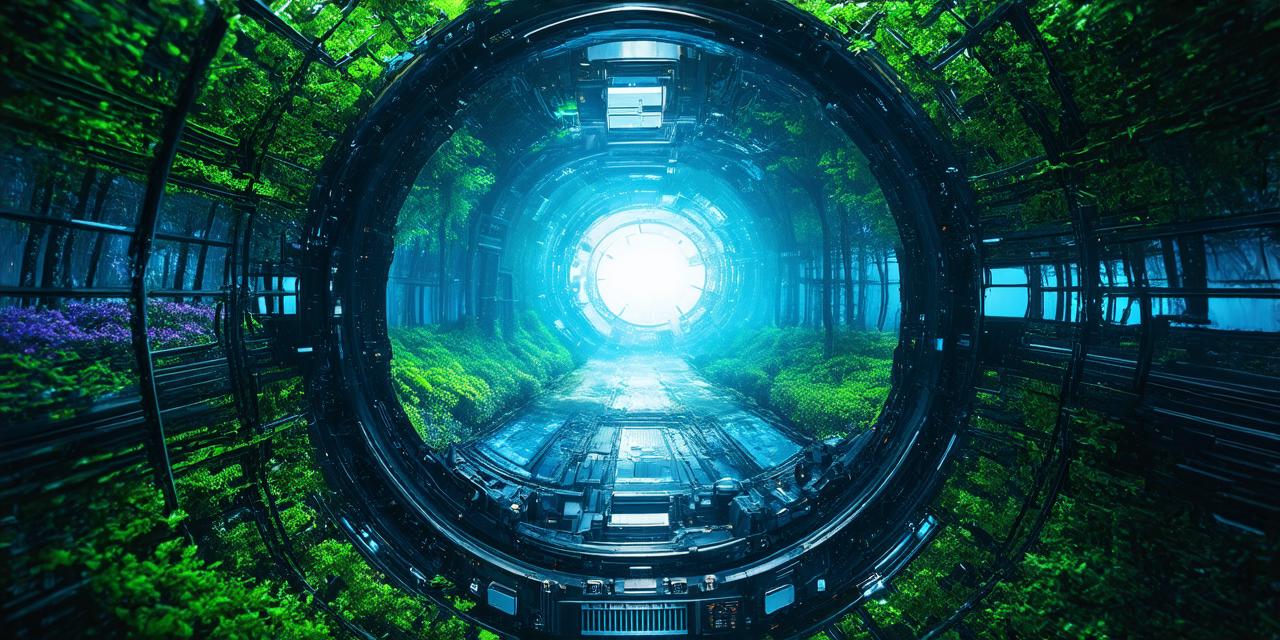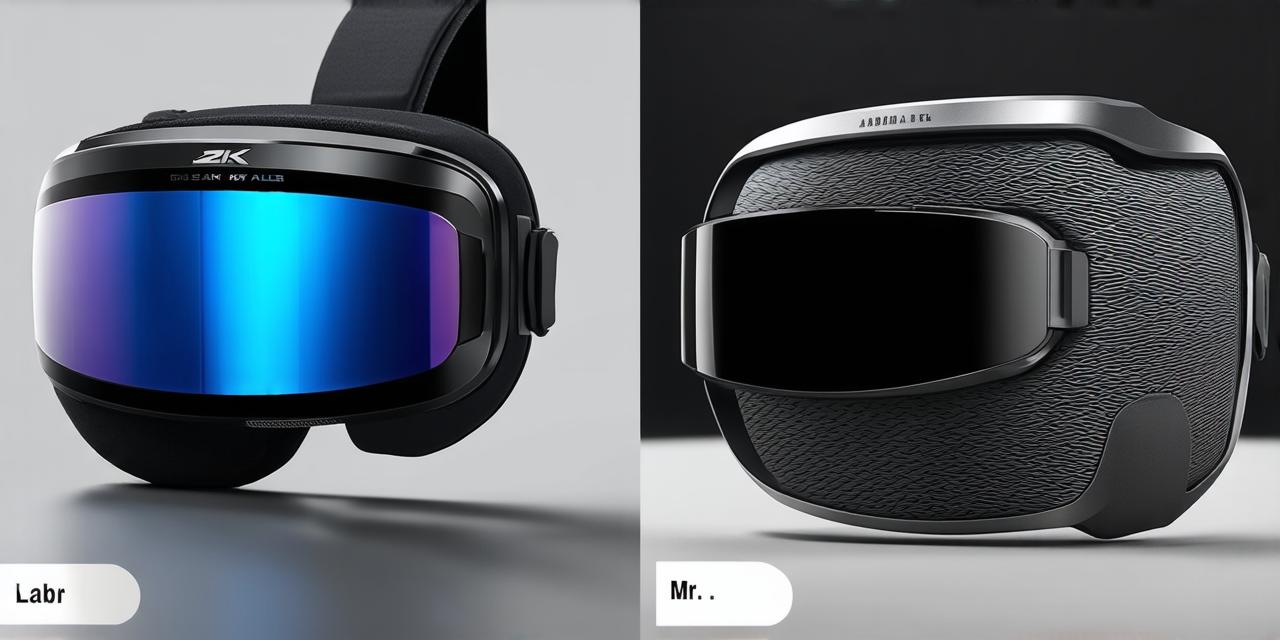Mixed reality (MR) is a type of virtual reality that combines elements of both augmented reality (AR) and virtual reality (VR). MR technology allows users to interact with a digital environment in real-time, while also being able to see the real world around them. In this article, we will explore the key components of mixed reality and how they work together to create an immersive experience for users.
1. Hardware
Mixed reality requires specialized hardware to track a user’s movements and display the virtual environment in real-time. Some of the key hardware components include:
- Headset: The headset is worn by the user and tracks their head movement using sensors such as accelerometers, gyroscopes, and magnetometers.
- Controllers: Controllers are used to interact with the virtual environment and can be either handheld or attached to the user’s wrists or hands.
- Camera: The camera is used to capture the real-world environment and feed it into the MR system.
- Computer: The computer is responsible for rendering the virtual environment and generating the mixed reality output that is displayed to the user through the headset.
2. Software
Mixed reality software consists of several components that work together to create a seamless experience for the user. These components include:
- Tracking software: The tracking software uses the data from the sensors in the headset and controllers to accurately track the user’s movements in real-time.
- Rendering software: The rendering software generates the virtual environment based on the user’s location and movements.
- Compositing software: The compositing software combines the real-world environment captured by the camera with the virtual environment generated by the rendering software to create a mixed reality output that is displayed to the user through the headset.
3. Content Creation
Creating content for mixed reality requires a different set of skills and tools compared to traditional VR or AR development. Some of the key elements of creating MR content include:
- 3D modeling: 3D models are used to create the virtual environment that users will interact with in the mixed reality experience.
- Texturing: Texturing is used to give the 3D models a realistic appearance by adding details such as lighting and shadows.
- Animation: Animations are used to make the virtual environment come to life and add a level of interaction for the user.
- Scripting: Scripting is used to create interactive elements within the virtual environment, allowing users to perform actions and receive feedback based on their choices.
4. User Experience
The key to creating a successful mixed reality experience is to focus on the user’s needs and preferences. Some important factors to consider when designing an MR experience include:
- Intuitiveness: The virtual environment should be easy for users to navigate and understand, with clear instructions and feedback provided as needed.
- Interactivity: Users should be able to interact with the virtual environment in meaningful ways, allowing them to achieve their goals and receive rewards for their efforts.
- Personalization: The experience should be tailored to the user’s preferences and needs, allowing them to customize certain elements of the virtual environment or adjust settings as needed.
5. Future Developments
As mixed reality technology continues to evolve, we can expect to see new developments that will enhance the user experience and make MR more accessible to a wider audience. Some possible future developments include:
- Wireless headsets: Current MR headsets require cables to connect to a computer, which can be limiting in terms of mobility and ease of use. Future headsets may be wireless, allowing users to move more freely while still receiving the necessary tracking data.
- Haptic feedback: Haptic feedback technology can be used to provide tactile sensations that make the virtual environment feel more realistic, allowing users to interact with objects in a more natural way.
- Eye-tracking: Eye-tracking technology could be used to enhance the MR experience by allowing users to look around and interact with objects in the virtual environment using only their eyes.
In conclusion, mixed reality is a complex technology that requires specialized hardware, software, and content creation tools to create an immersive and interactive experience for users. By focusing on the key components of MR and designing experiences that are intuitive, interactive, and personalized, developers can create powerful and engaging virtual environments that blur the line between the real and digital worlds.



